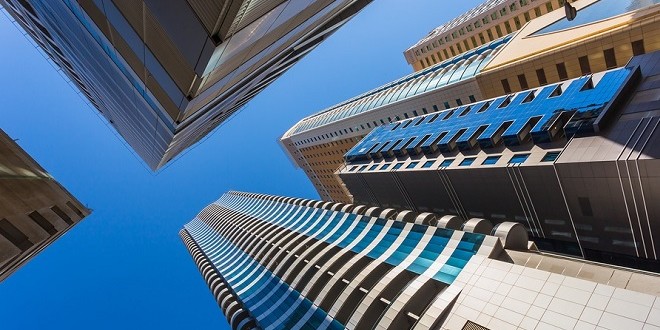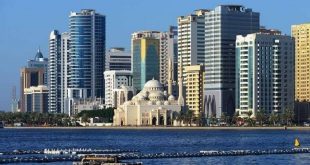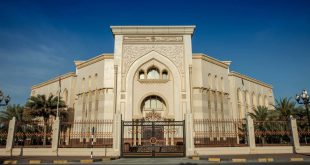Standard & Poor’s has revised its credit ratings outlook from ‘stable’ to ‘negative’, whilst re-affirming the emirate’s A/A-1 sovereign credit ratings for long- and short-term, foreign and local currency. According to S&P, the negative outlook speaks to the potential risk that external demand and economic activity in Sharjah may weaken. However, the global credit rating agency noted that it expects Sharjah’s economic growth to increase 2016-2019, albeit at lower levels, and it expects the emirate’s budget deficit to narrow.
S&P revised its GDP forecasts for Sharjah last week, expecting real GDP growth to average closer to 2 percent over 2016-2019, compared with the agency’s earlier average estimate of 3 percent. However, it expects an increasing rate of economic growth through to 2019. S&P’s report also stated the expectation that consumption and investment will improve after oil prices have somewhat stabilised and as the emirate’s overseas business continues to grow.
The rating agency’s forecasts have been recalculated to reflect new data on Sharjah’s population following a 2015 census, which, according to S&P, resulted in a 63 percent increase in the previous population estimate for that year. S&P’s forecasts for Sharjah have been re-calculated as a result, weighing in most visibly in the agency’s calculation of GDP per capita for the emirate,. Overall the GPD per capita statistic calculated for 2015 was revised downwards from USD 27,600 to USD 16,100. Although, the high number of commuters that live in Sharjah, but work in other emirates, are included in this calculation.
S&P noted that Sharjah’s diverse economic base, meant that the emirate had very little direct reliance on the oil sector, although its economic growth prospects are linked to those of the region. According to S&P, Sharjah’s real estate and business services sector accounts for 22 percent of GDP, manufacturing for 17 percent, and wholesale and retail trade for 12 percent.
According to S&P, the Sharjah government’s expansionary fiscal policy is the primary explanation behind a wider fiscal deficit than the agency had expected. However, Standard and Poor’s expects this the fiscal deficit to decline substantially, following the implementation of new revenue generating measures in 2016, in particular development of government and private sector real estate revenue opportunities.
S&P’s report also noted that the Sharjah government’s interest costs have fallen sharply as a result of active debt management operations.
Source: S&P






